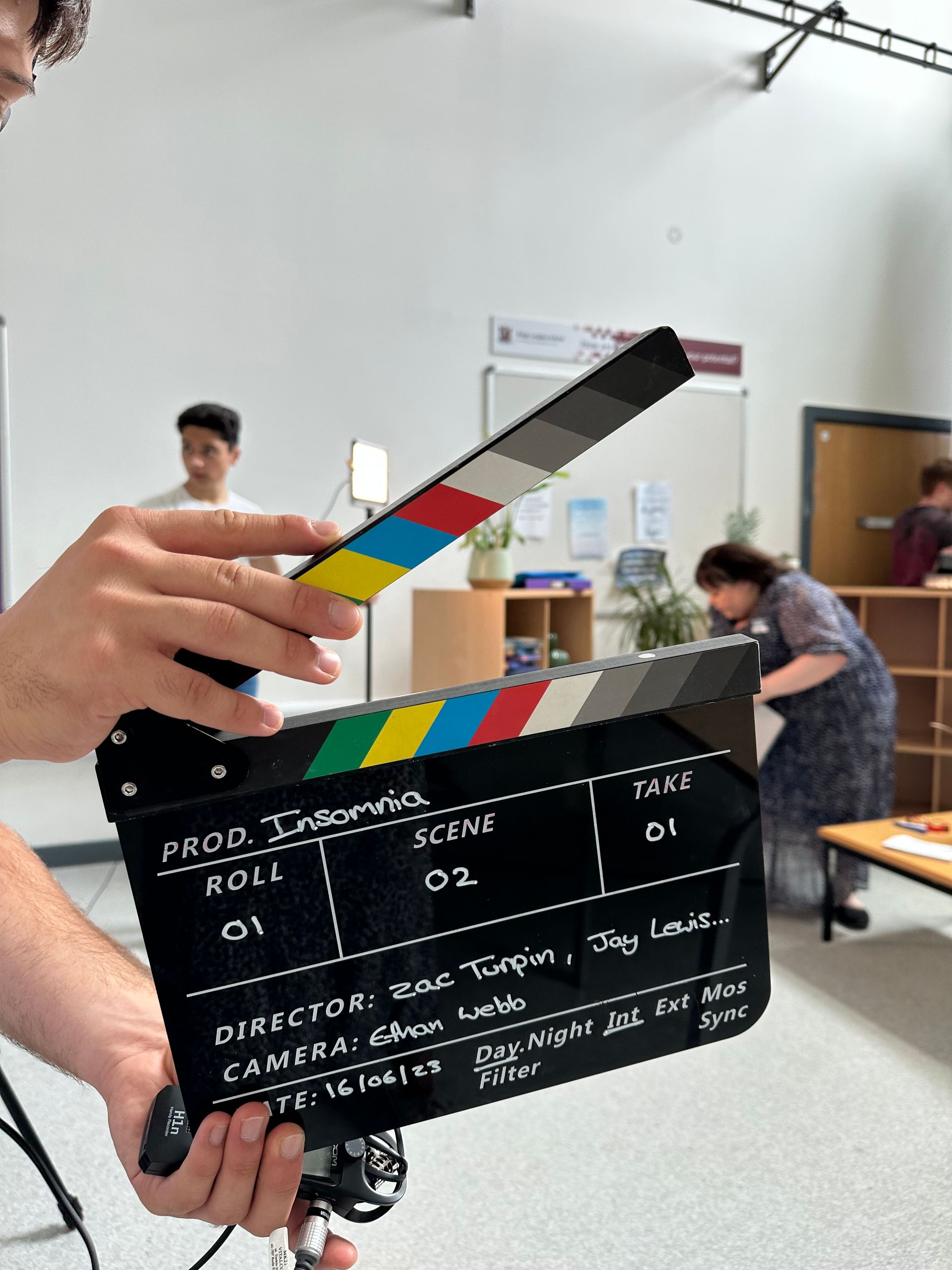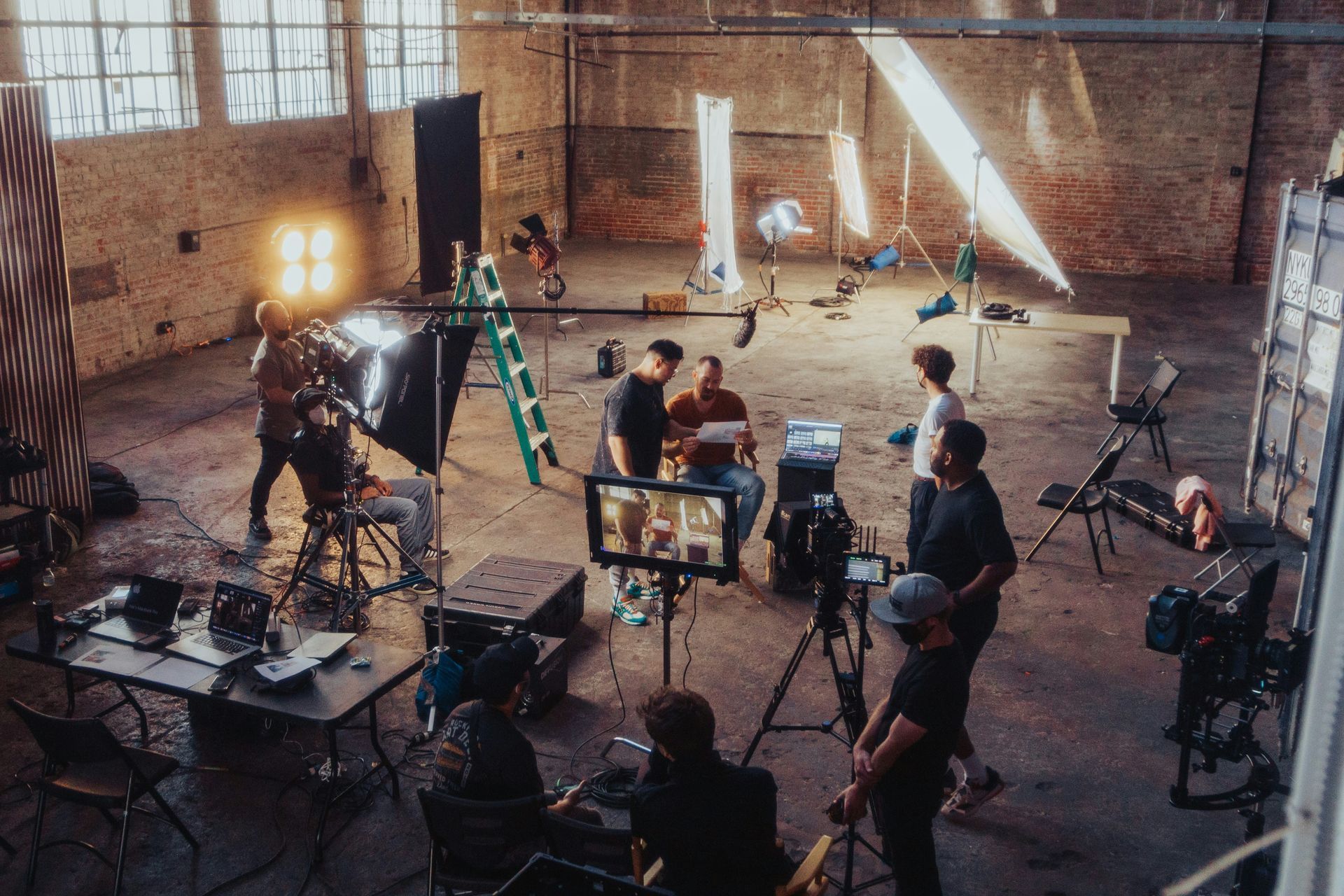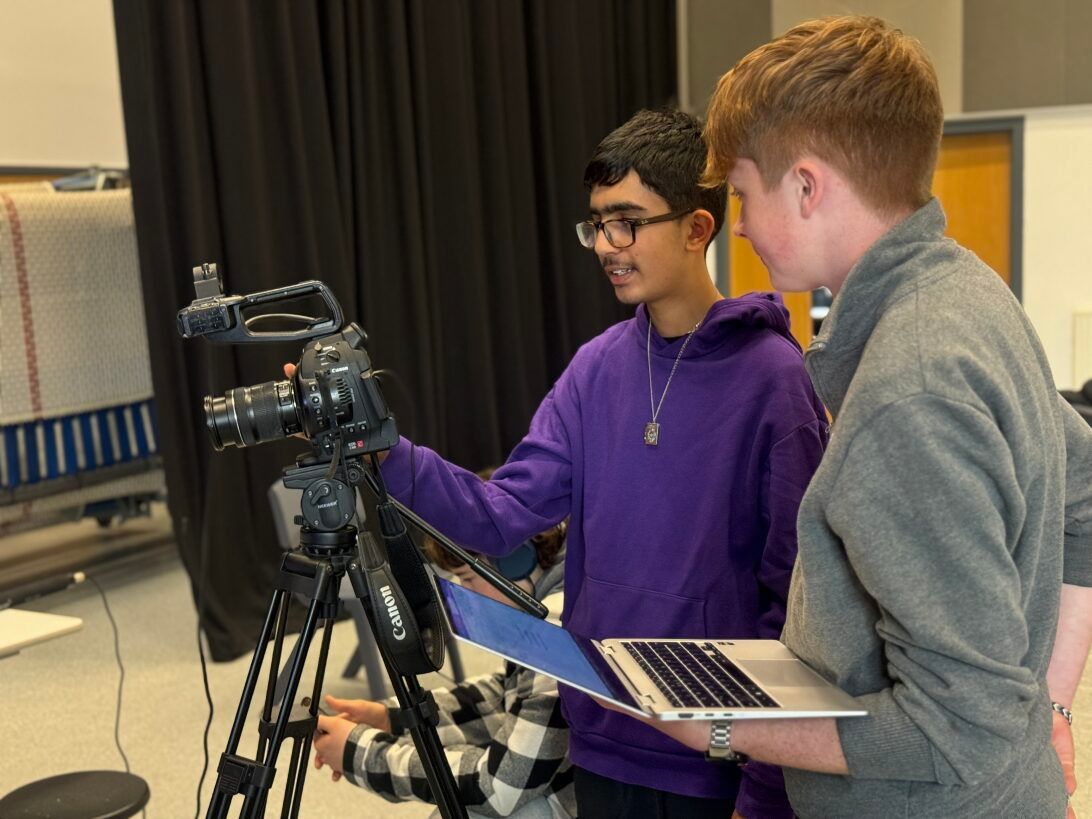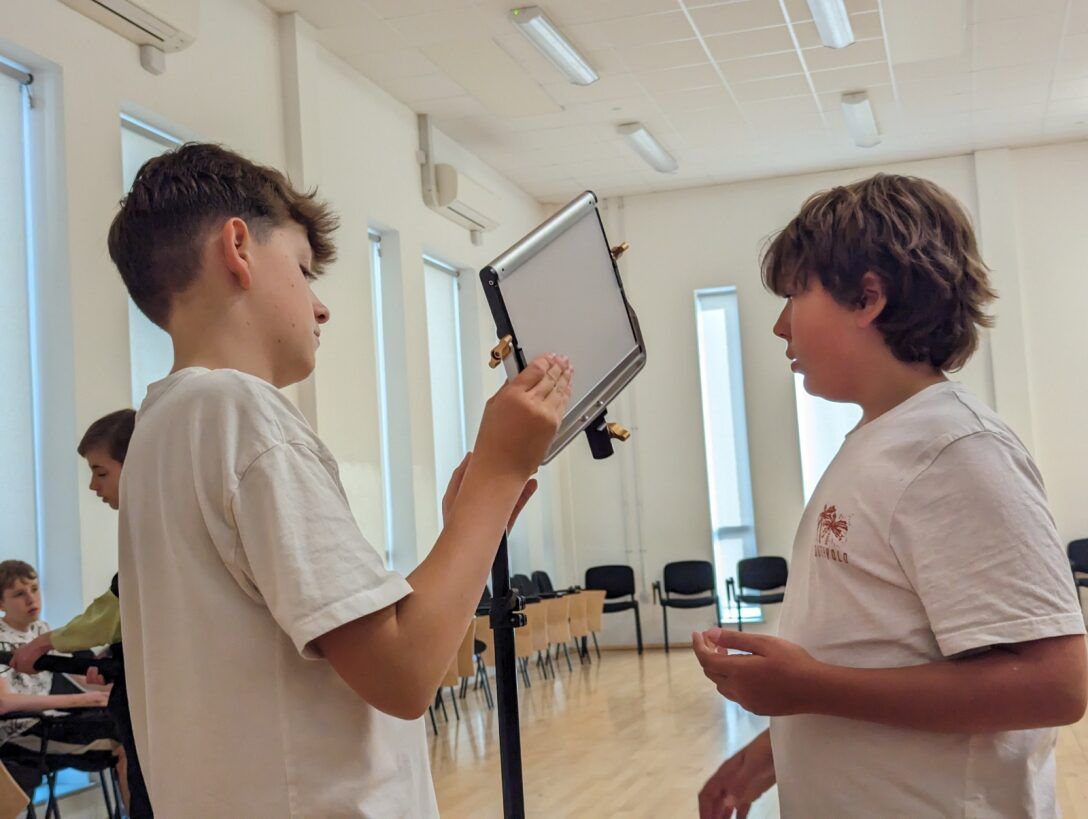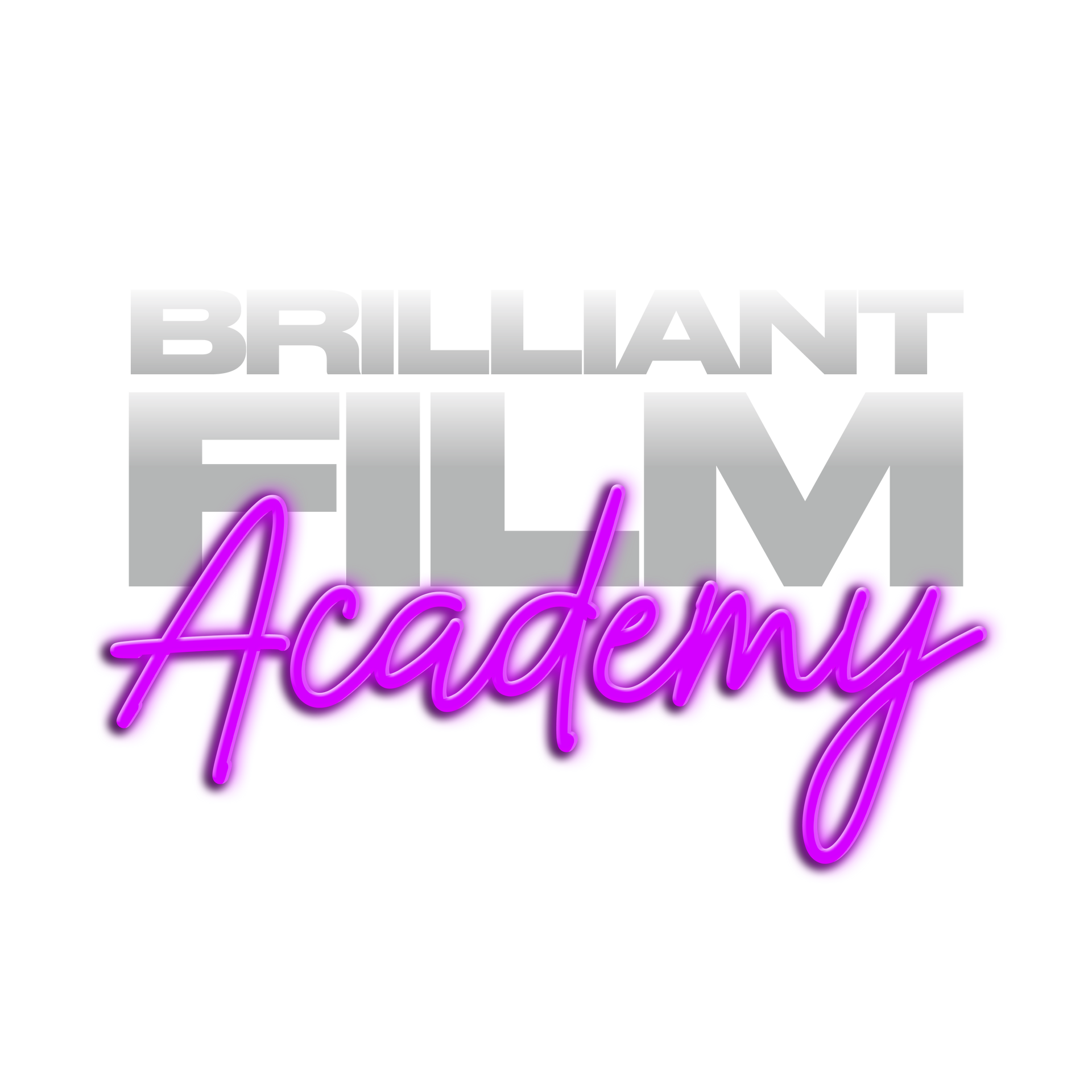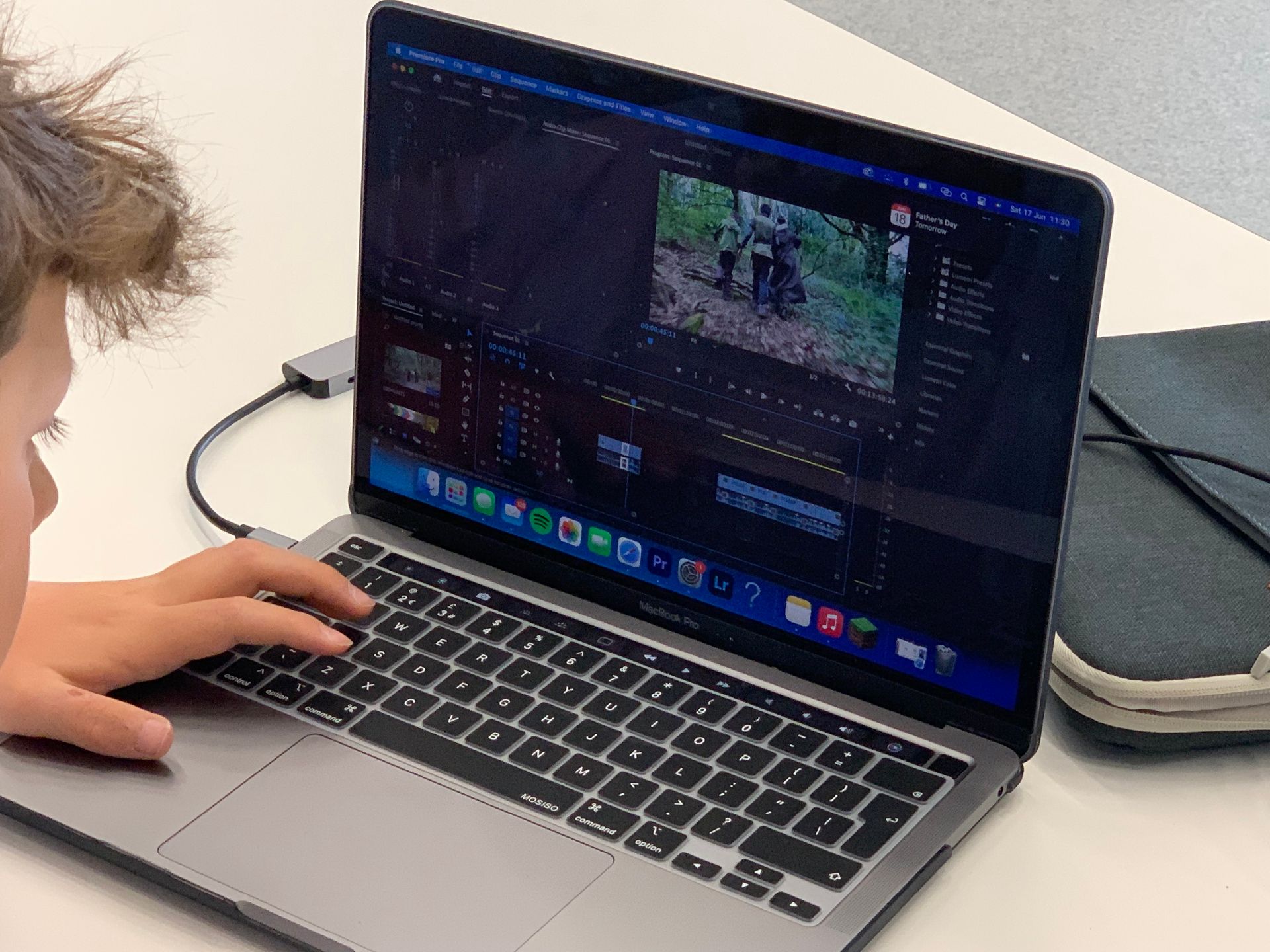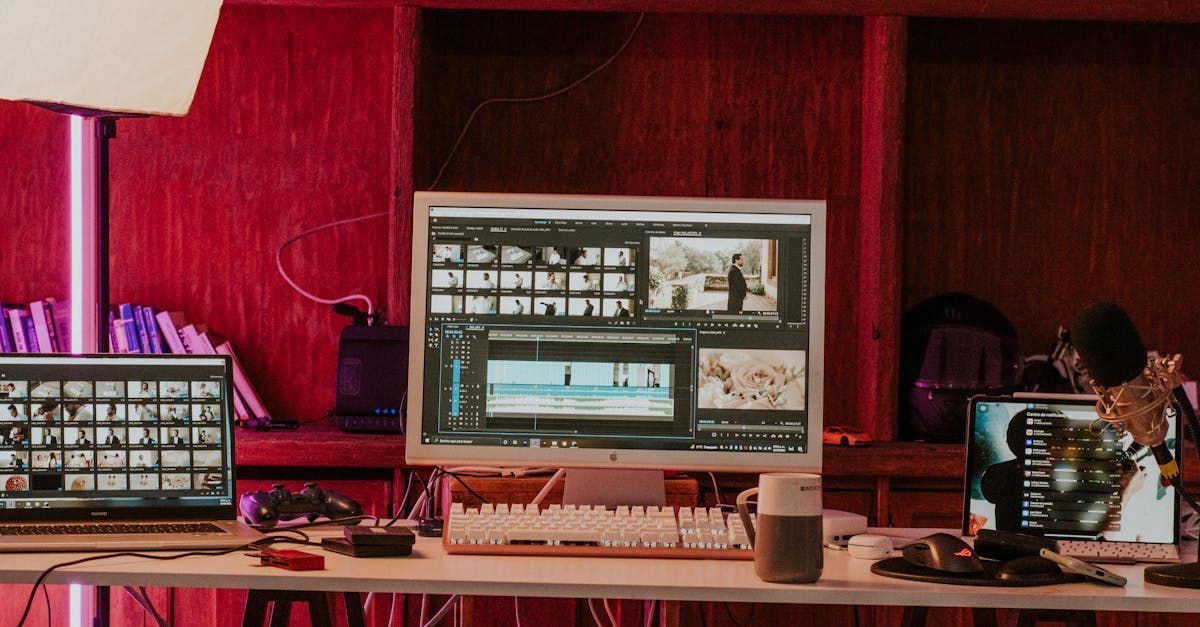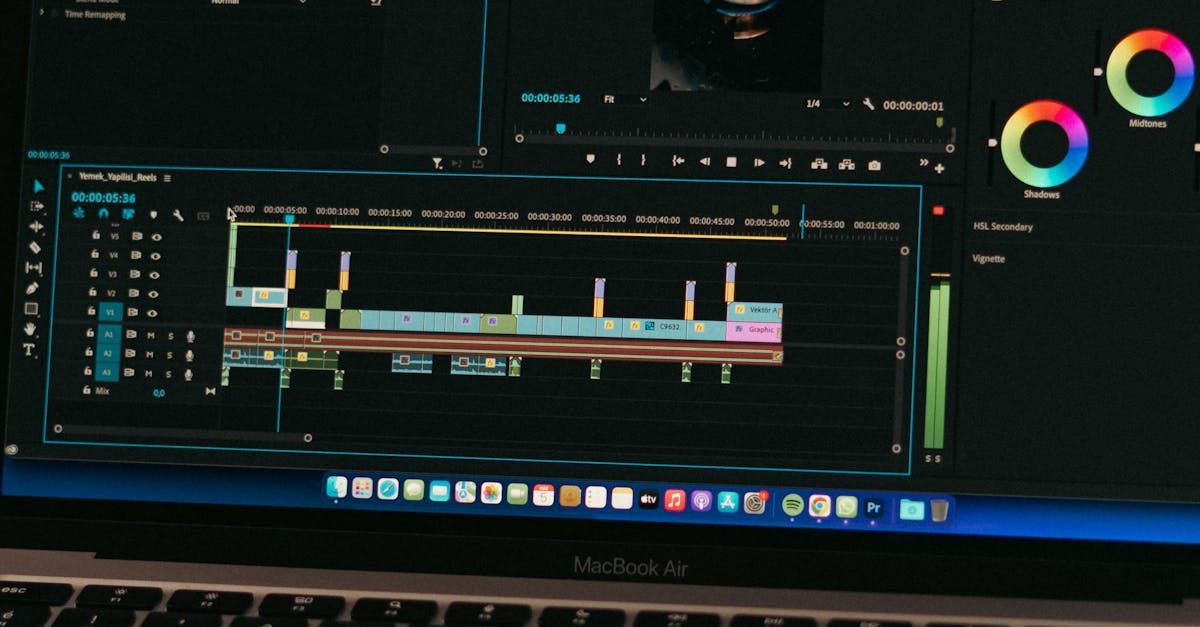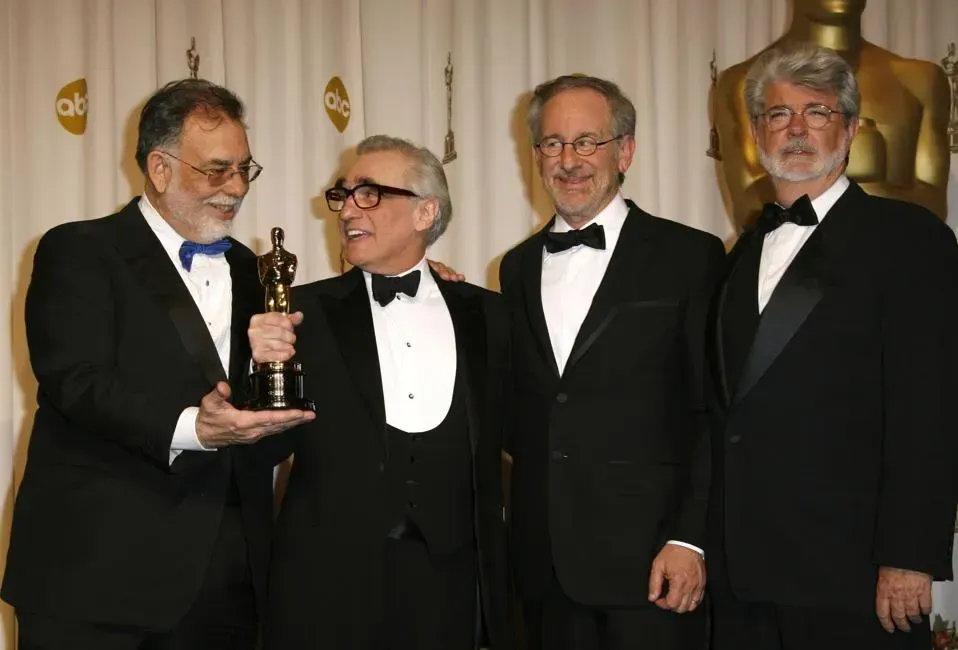Bossing Film Editing: Top 7 Rules for Brilliant Films
Inroduction
Importance of film editing
Rule 1: Understand Storytelling
Importance of narrative understanding
Analysing script and characters
Rule 2: Use Appropriate Transitions
Significance of transitions
Guidelines for using transitions effectively
Rule 3: Master Continuity
Maintaining visual consistency
Importance of continuity in viewer experience
Rule 4: Understand Rhythm and Pace
Impact of pacing on film effectiveness
Techniques to manage rhythm and flow
Rule 5: Don't Be Afraid to Cut
Value of concise editing
Strategies for removing unnecessary footage
Rule 6: Experiment with Sound
Role of sound in enhancing the film
Tips for effective sound editing
Rule 7: Seek Feedback
Importance of collaborative feedback
How to use feedback to improve editing
Conclusion
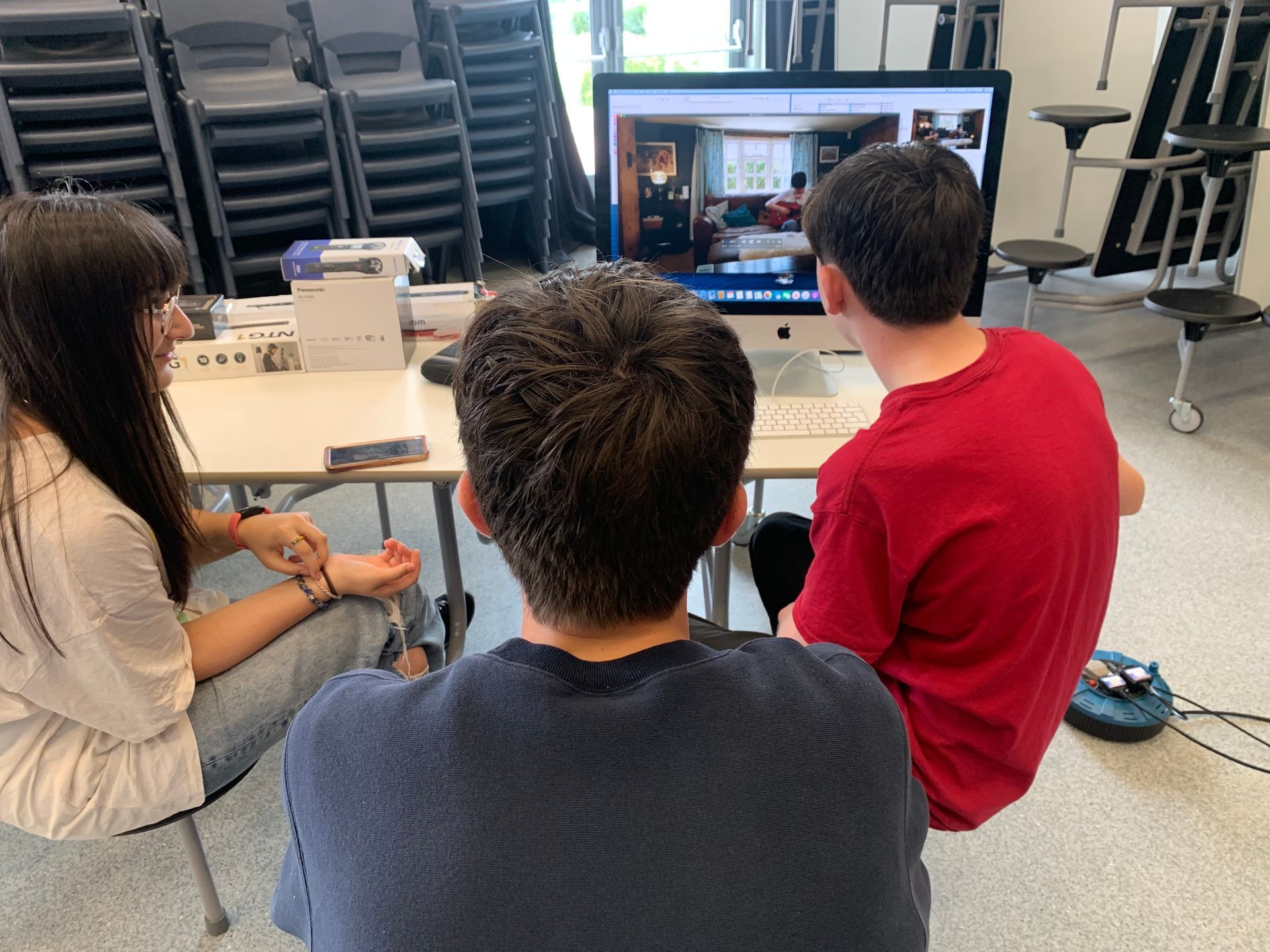
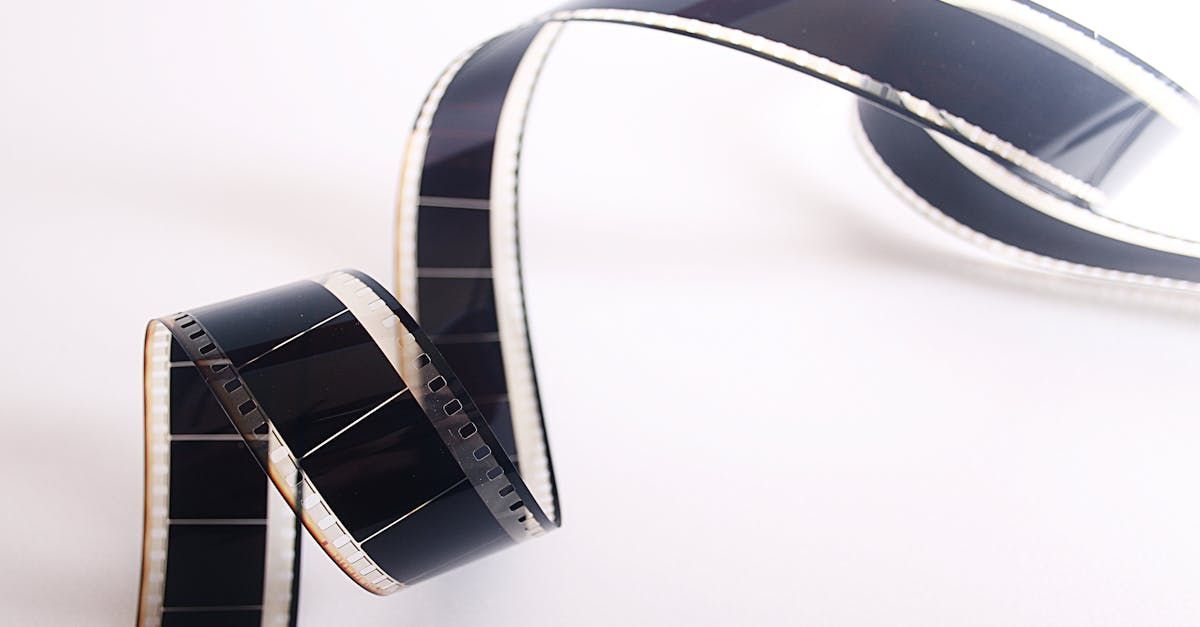
Ready to rule the world of filmmaking? Film editing isn't just the cherry on top, but the whole sundae! In this guide, we'll share the 7 golden rules of film editing that'll turn your raw clips into jaw-dropping stories, keeping your viewers hooked.
One of the most crucial components of creating a successful film is the editing process. It's where all the raw footage is refined and crafted into a coherent and engaging story. As an editor, you have the power to manipulate time, pace, emotions, and even the storyline of a film. This responsibility can be daunting but also incredibly rewarding.
Rule 1: Understand Storytelling
The foundation of any great film is its storytelling. As an editor, it's crucial to understand the story that you're trying to tell and how each individual scene fits into that narrative. Spend time analysing the script and understanding the characters, their motivations, and the overall themes of the story. This will guide your editing decisions and help you create a cohesive and impactful film.
Rule 2: Use Appropriate Transitions
Transitions are an essential tool in creating a smooth flow between scenes. However, it's important to use them sparingly and appropriately. Avoid overusing flashy transitions that may distract from the story. Instead, choose transitions that serve a purpose and enhance the emotion or tone of a scene.
Rule 3: Master Continuity
Continuity refers to maintaining consistency in visual elements such as colour, lighting, wardrobe, and props throughout a film. A lack of continuity can be jarring for viewers and take them out of the story. As an editor, pay attention to these details and make necessary adjustments to ensure a seamless viewing experience.
Rule 4: Understand Rhythm and Pace
The pace of a film can greatly impact its effectiveness. It's important to understand the rhythm of each scene and how it contributes to the overall pace of the film. Use cuts, transitions, and audio cues to create a dynamic flow that keeps the audience engaged.
Rule 5: Don't Be Afraid to Cut
Sometimes less is more when it comes to editing. Don't be afraid to cut out unnecessary footage or scenes that don't contribute to the story. A well-edited film should feel concise and purposeful, without any unnecessary clutter.
Rule 6: Experiment with Sound
Sound is often an overlooked aspect of film editing, but it can greatly enhance the viewing experience. Experiment with different levels of audio, sound effects, and music to create a dynamic soundtrack that complements the visuals and evokes emotion in the audience.
Rule 7: Seek Feedback
Editing is a collaborative process, and seeking feedback from others can greatly improve your final product. Show your edited film to friends, colleagues, or other filmmakers for their input. They may offer valuable insights or catch mistakes that you may have missed.
FAQs About Film Directing
Remember, these rules are not set in stone - they are meant to guide and inspire your editing process. As with any art form, don't be afraid to push the boundaries and try new techniques. Keep practicing, seeking feedback, and honing your skills, and you'll soon be on your way to creating brilliant films that leave a lasting impact on audiences. So go forth and boss those film edits!
